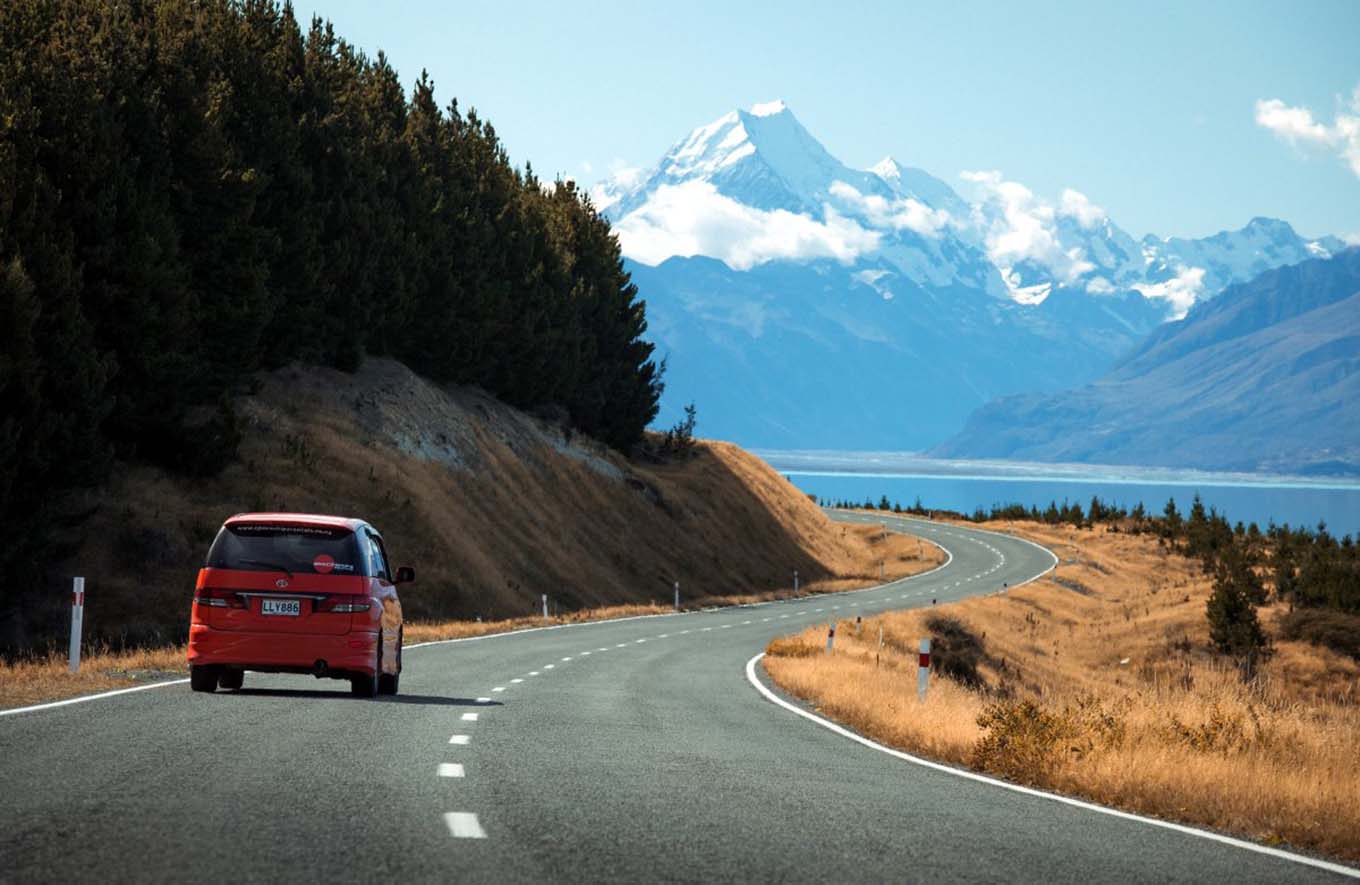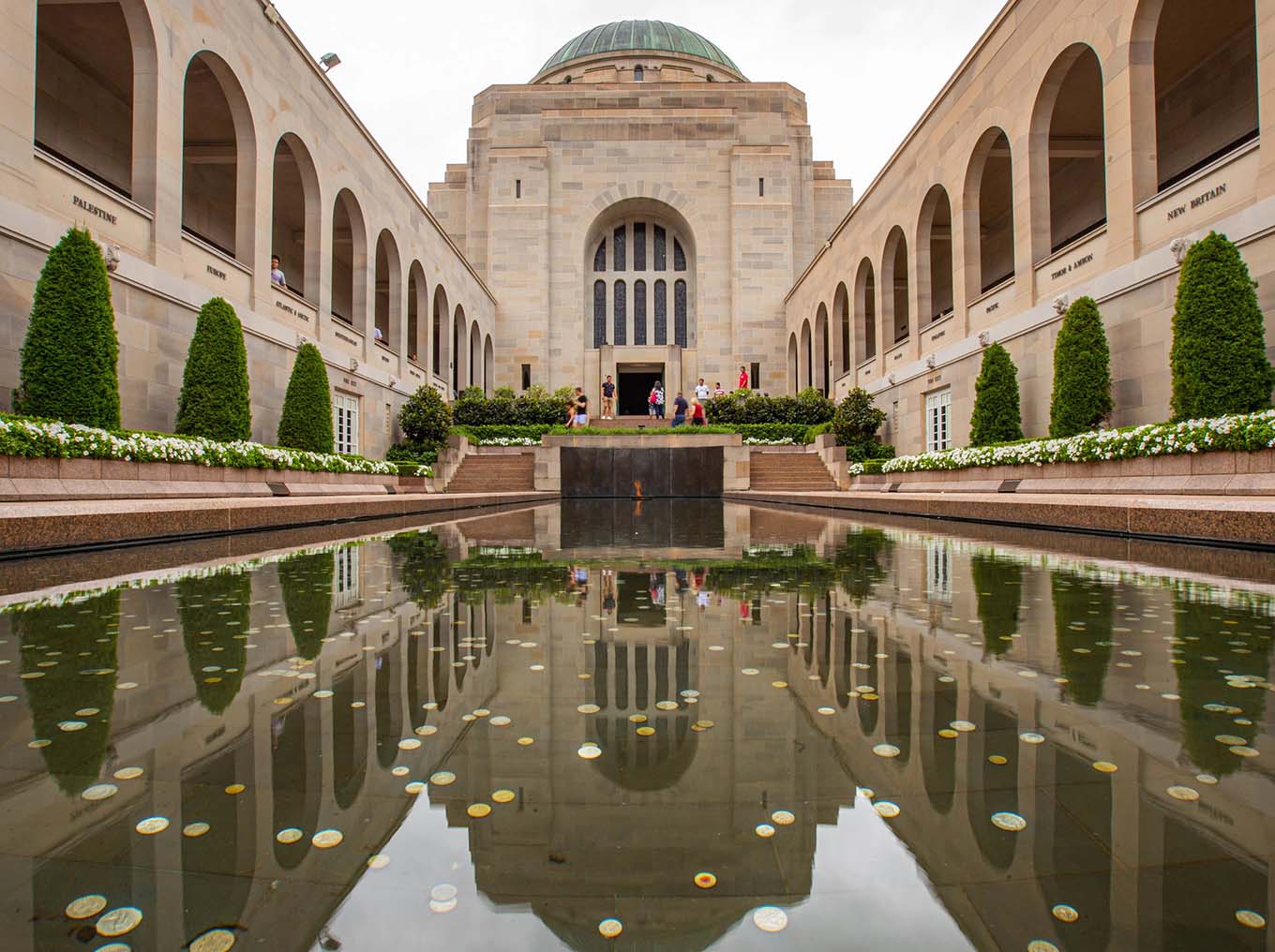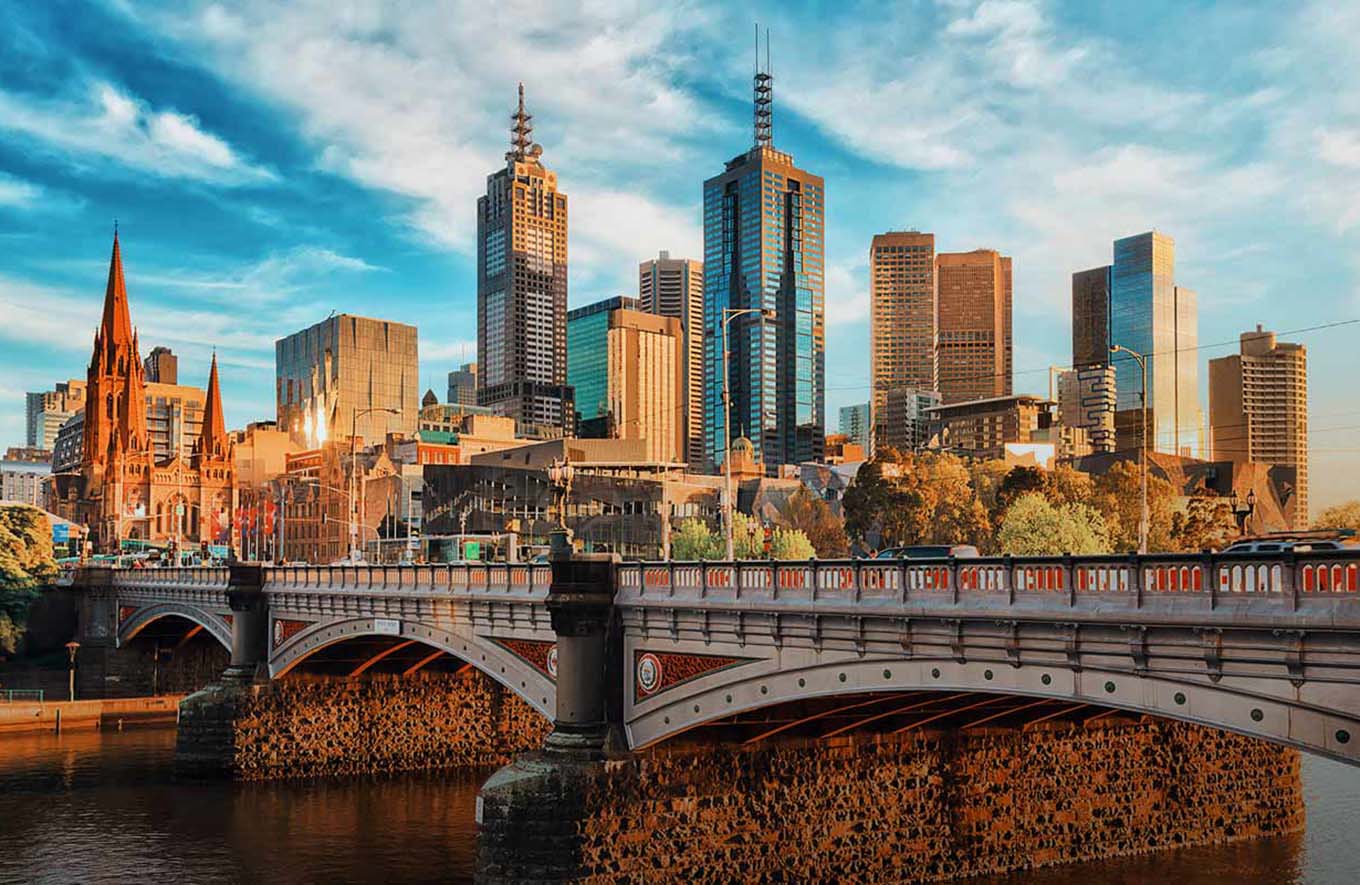New Zealand has a peculiar way of making one fall in love with silence. Not the absence of sound, but that particular stillness that wraps around rolling hills, flutters through native forests, and brushes across winding coastal roads. It speaks not in words but in vistas. The journey from Auckland to Kerikeri, tucked in the Bay of Islands, is not a straight line of asphalt and mileage—it’s a slow unfolding of the North Island’s subtle magnificence. Taking the long road up isn’t about delay; it’s about absorbing every scenic inch.
The journey begins in Auckland—not merely the city of sails, but a city of layers. Glass skyscrapers reflect clouds that scatter over volcanic cones. Motorways hum with movement, yet just beyond them lie black sand beaches, gannet colonies, and bush-covered ranges. Departing early to escape the city’s morning congestion offers a chance to start in rhythm with the land itself.
1. Escaping the City: Auckland to Puhoi (50 km)
One might expect the getaway from Auckland to be tedious—trapped in traffic, the scent of car fresheners battling highway fumes—but the Northern Motorway (State Highway 1) surprises. Before long, the skyline slips behind and lush greenery starts to dominate. The road curves as if gently guiding one out of the urban cocoon.
Pulling off at Puhoi is not a detour—it’s an essential intermission. This historic village, founded by Bohemian settlers in the 1860s, clings to the banks of a lazy river and hums with rural charm. The Puhoi General Store serves strong coffee and stronger local gossip. Nearby, the Puhoi Pub feels like a time capsule preserved in rustic timber and old photographs. It’s impossible to stop for just ten minutes. The village invites you to slow down, wander, and taste a slice of the past.
For the adventurous, the Puhoi River offers gentle kayaking routes. Paddling slowly along its waters, the silence is punctuated only by birdsong and the occasional plop of an eel disappearing into the dark riverbed.
2. Warkworth and Matakana Detour (38 km from Puhoi)
Back on the highway, Warkworth arrives like a town that forgot to modernize, in the best way possible. It clings lovingly to the Mahurangi River and offers antique shops, bakeries that haven’t changed their recipes since the 1950s, and bookstores that still smell like dust and leather.
From here, veering eastward toward Matakana is a wise indulgence. This small village is known for its weekend farmers’ market—a kaleidoscope of fresh produce, handmade cheeses, artisan breads, and fragrant honey. The crowd is a mix of Aucklanders playing country for the weekend and locals who never needed the city in the first place. Just beyond, vineyards stretch like lazy cats soaking in the sun. Brick Bay Wines and Sculpture Trail is worth an hour or three: a walk among art installations framed by grapevines and native bush, with a glass of chilled rosé never far from hand.
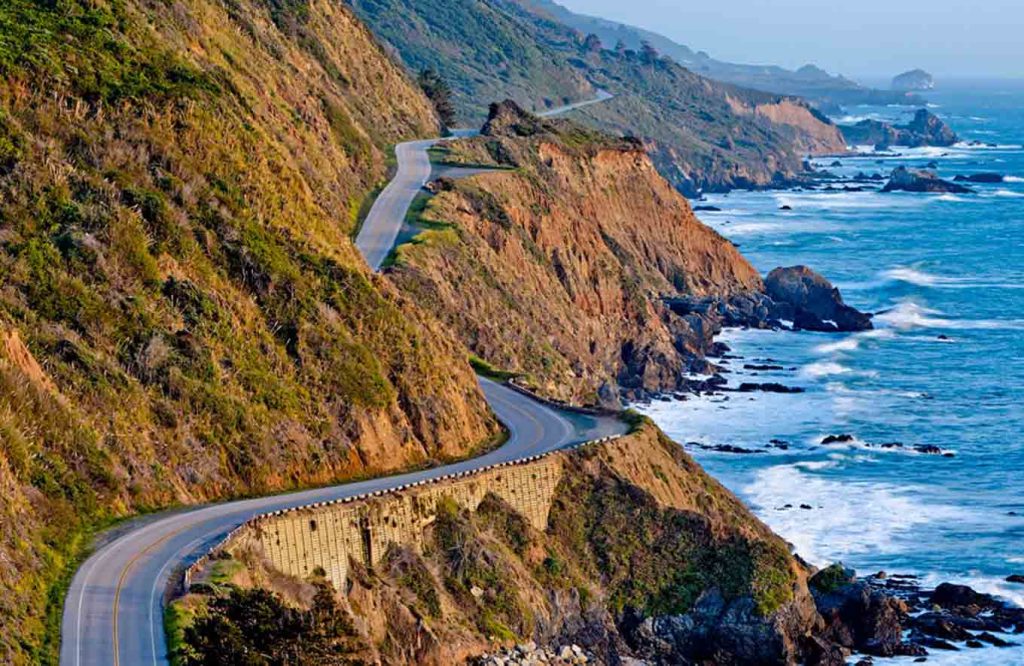
3. Coastal Reverie: Leigh, Goat Island, and Mangawhai Heads
The road northeast toward Leigh peels away from SH1, and with it, the tempo shifts again. Leigh feels suspended between forest and sea. It’s worth navigating the winding roads to Goat Island Marine Reserve, where glass-bottom boat tours and snorkeling offer underwater glimpses of snapper, blue maomao, and kelp forests swaying like dancers.
Returning to the main route toward Mangawhai Heads is a drive that cuts through farmland like a ribbon through quilt. The town itself is a surf-and-sand retreat with a taste of small-town luxury. Cafés along the waterfront offer fish so fresh it’s a betrayal not to order it. The Mangawhai Cliff Walk is best tackled in the late afternoon, as the sun dips westward and gilds the sea in gold. The path winds along sheer bluffs with views that compel even the most talkative to fall silent.
4. Waipū and Whangārei: History Meets Natural Drama
Continuing north, the road pulls into Waipū—a town with an unusually Scottish flavor. Founded by Scottish settlers led by Reverend Norman McLeod in the 1850s, it retains Celtic traces in its street names, museums, and an annual Highland Games that draw kilted athletes from across the region. The Waipū Museum tells a migration story so compelling it earns a stop whether one is drawn to genealogy or simply to good tales well told.
Whangārei, the largest city in Northland, offers a convenient midpoint for both rest and exploration. Yet it avoids the clamor of a typical city. Instead, Whangārei is known for its Falls—a thundering cascade nestled in subtropical forest—and for the striking Hundertwasser Art Centre, a wildly imaginative complex of spirals, mosaics, and eco-architecture that feels like Gaudí took a wrong turn and ended up in the South Pacific. The adjacent Wairau Māori Art Gallery offers insight into indigenous perspectives that deepen one’s understanding of the land just traveled.
The road beyond Whangārei begins to feel more intimate—less manicured, more elemental. The hills roll wider, the paddocks are grazed by fewer sheep and more silence. This is the threshold of the true north.
5. Hikurangi to Kawakawa: Quirk and Quietude
Taking the inland route through Hikurangi reveals a more rural side of Northland. The road undulates with the landscape, flanked by steep embankments and glimpses of river valleys. Traffic is sparse. The only frequent companions are wandering cattle and the occasional weary ute hauling hay.
Kawakawa introduces its own odd charm. The town’s most famous attraction is, without exaggeration, its public toilets. Designed by Austrian artist Friedensreich Hundertwasser—who made New Zealand his adopted home—the restrooms are a riot of color, ceramic tiles, and organic curves. It’s the only town in New Zealand where the public loo is both a tourist attraction and a statement of environmental design.
Just beyond Kawakawa, the Bay of Islands Vintage Railway sometimes runs along a track that crosses the main street. It’s one of the few remaining railways in the world to do so. When the train whistles through, cars halt, tourists snap photos, and the world briefly seems simpler.
6. Paihia and Waitangi: Waters That Whisper of Stories
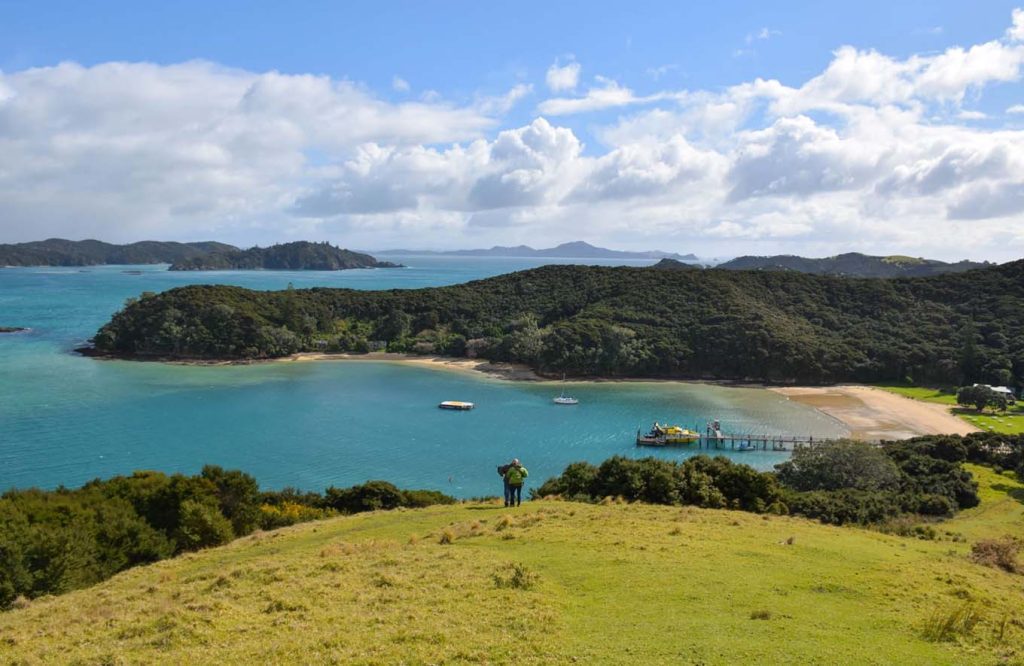
Approaching the Bay of Islands, the road drops down toward the coast again, and suddenly there it is: water—shimmering, vast, and dotted with islands that seem to float like thoughts. Paihia serves as the unofficial heart of the Bay. It’s busy but not brash. Boat tours depart in all directions: dolphin watching, island hopping, and cruising through the iconic Hole in the Rock at Cape Brett.
Just a stone’s throw from Paihia lies Waitangi, the birthplace of modern New Zealand. Here, in 1840, the Treaty of Waitangi was signed between Māori chiefs and the British Crown. Visiting the Waitangi Treaty Grounds is not optional—it’s essential. The carved meeting houses, war canoes, and historical exhibitions don’t just inform; they resonate.
Standing on the treaty grounds, the breeze off the water seems laden with voices—not ghosts, perhaps, but echoes. The past does not hide here. It walks quietly beside every visitor.
7. The Final Stretch: Into Kerikeri (24 km from Paihia)
Kerikeri is not a finale; it’s a blooming. The road north from Paihia is lined with citrus orchards and vineyards, the air rich with fruit and the occasional sharp sweetness of fermentation. A turnoff leads to the Rainbow Falls track—a short walk through native bush to a waterfall as symmetrical as it is powerful. The falls drop into a pool that seems designed for contemplation, or at least a very photogenic picnic.
Kerikeri itself is equal parts historic and progressive. The Stone Store and Kemp House—New Zealand’s oldest surviving stone and wooden buildings—stand beside the river, reminders of missionary enterprise and early trade. Across the bridge, a bustling farmers’ market unfolds every Sunday, drawing growers, bakers, and craftsmen from across the region. Everything feels fresh. Everything feels rooted.
Around the corner, cafes serve flat whites with flair, and galleries display art that captures the shifting moods of the land. At night, the stars return. Far from city lights, the sky opens up, and one understands why the ancients trusted it to guide them home.
8. Beyond the Map: Wandering Without a Clock
What begins as a simple drive accumulates meaning slowly, like layers of sediment in an ancient river. Each stop is not just a point on a map, but a story, a rhythm, a fragrance caught on the wind. The journey northward through the North Island is less about reaching Kerikeri than it is about becoming attuned to the country’s quieter voice—the one spoken not in bold headlines but in gentle contours and small towns with big memories.
There is something quietly defiant about taking the scenic route in a world obsessed with speed. The long road north resists the tyranny of urgency. It encourages detours. It rewards patience. And it gives back, not in flashy attractions or adrenaline highs, but in stillness, intimacy, and the kind of beauty that lingers long after the road ends.
